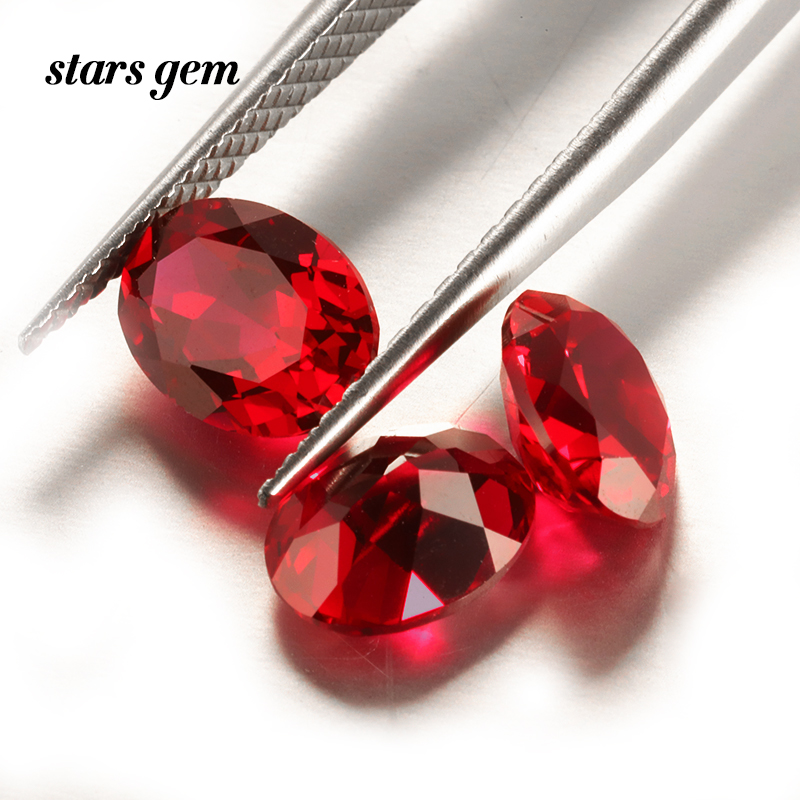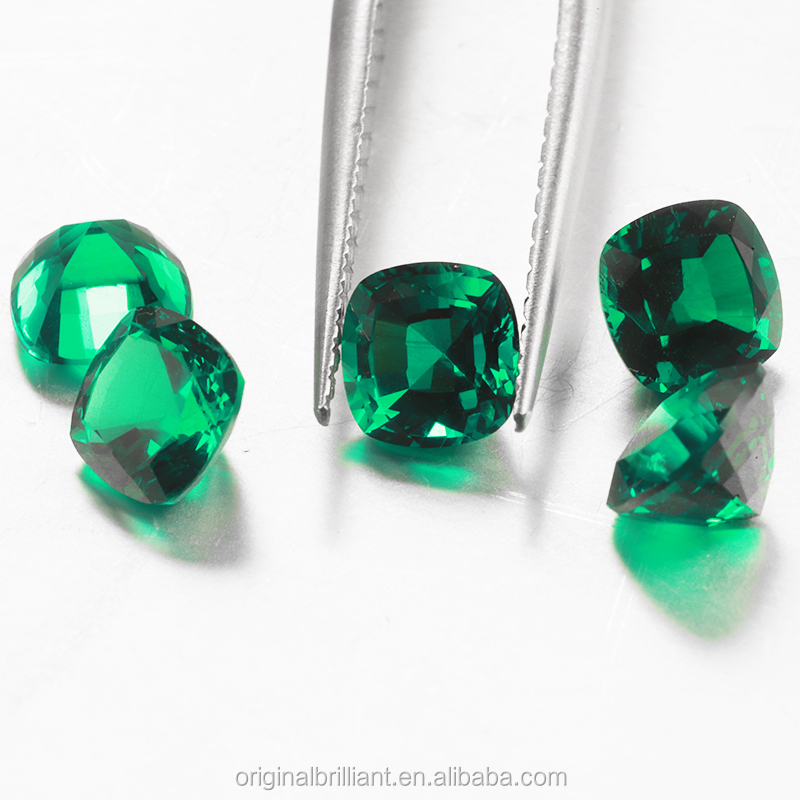Lab grown gemstones are becoming more and more popular, and have also been recognized by jewelry industry organizations and favored by European and American fashion celebrities. The number of buyers is also increasing year by year.I believe that many of you are confused. Why it is becoming more and more popular?What is the difference between these artificial laboratory-grown gemstones and natural gemstones?
What is Lab grown gemstone?
Lab grown gemstones are engineered to simulate the natural formation environment of natural gemstones in the laboratory by analyzing and mastering the chemical composition, physical characteristics and natural causes of natural gemstones, so as to lab gemstones that are completely consistent with the composition and characteristics of natural gemstones.
High-quality lab grown gemstones must meet the condition that they are infinitely close to natural gemstones in terms of chemical composition and physical properties. They have the same chemical composition and physical properties as natural gemstones, and their color saturation and clarity are comparable to natural gemstones.
How are the lab grown gemstone made?
Flame Fusion (FLAME FUSION) 
![]()
The first lab grown gemstones to be successfully embraced by the market were produced by flame fusion. This method involves throwing powdered chemicals into a high-temperature flame, which melts the chemicals and falls on a rotating base, where they crystallize to form lab grown gemstones. Until now, the flame fusion method is still the most common method for producing lab grown corundum (including lab ruby, lab sapphire) and lab spinel. The first lab grown gem that successfully reached gem-quality was the flame-melted lab grown ruby.
2. Flux method (FLUX GROWTH)
Many lab grown gemstones, such as emerald, ruby, sapphire, alexandrite and spinel, can be produced by fluxing. A flux is a solid substance that, when melted, dissolves other materials in the same way that water dissolves sugar. When the dissolved chemical cools, the nurturing crystals form.
3. Hydrothermal method (HYDROTHERMAL GROWTH) 
Like fluxing, hydrothermal methods are extremely slow and expensive. This method requires considerable heat and pressure, imitating the conditions of natural gems deep underground. The cultured chemical constituents dissolve in the aqueous solution and then crystallize into cultured crystals as the solution cools.
What is the different between lab grown gemstone and natural gemstone?
1. Chemical composition: the main composition of both is Al2O3
2. Mineral type: both belong to the same mineral - corundum
3. Crystal structure: both belong to the trigonal crystal system
Chemically and physically, the same materials make up natural and lab grown gemstones, which share the same atomic structure and crystal habit. Gemological laboratories identify both laboratory-grown and natural gemstones as forms of corundum. Lab-Grown Gems Are Real Gems.
Previous: What are plastic eyeglass frames made of?
Next: None.
Copyright:@2020-2021
Comments Please sign in or sign up to post.
0
0 of 500 characters used